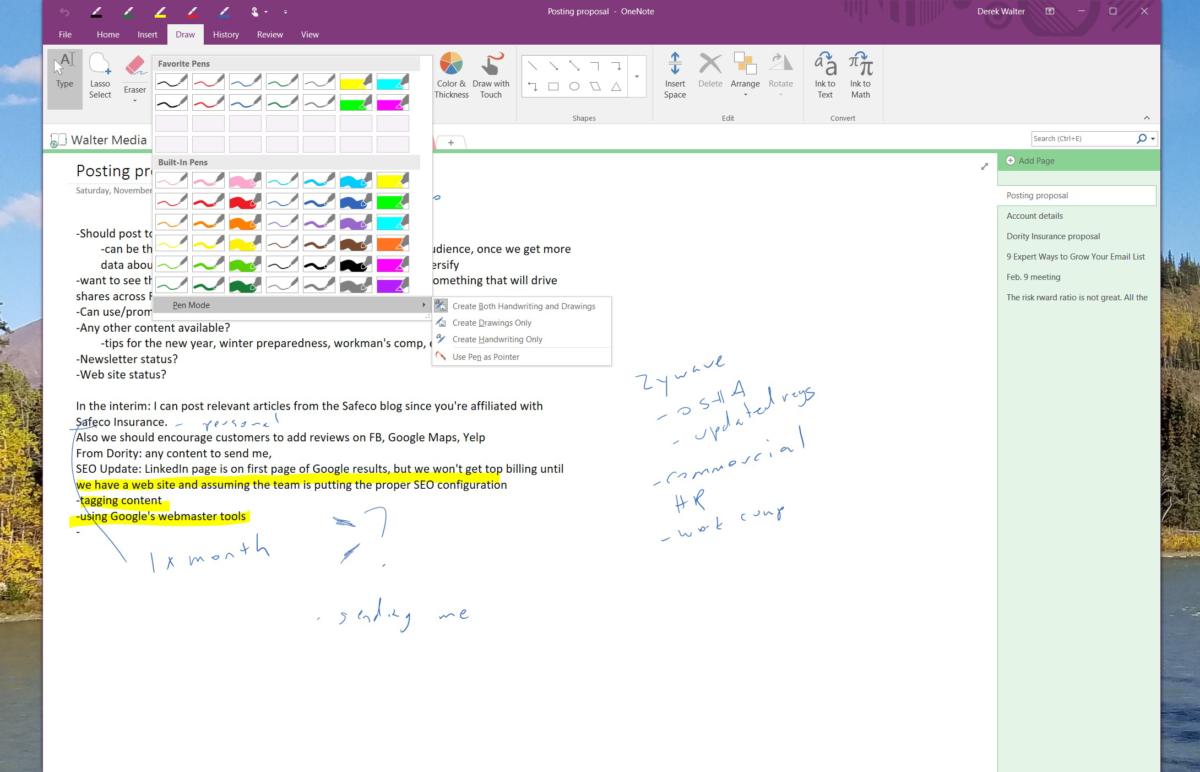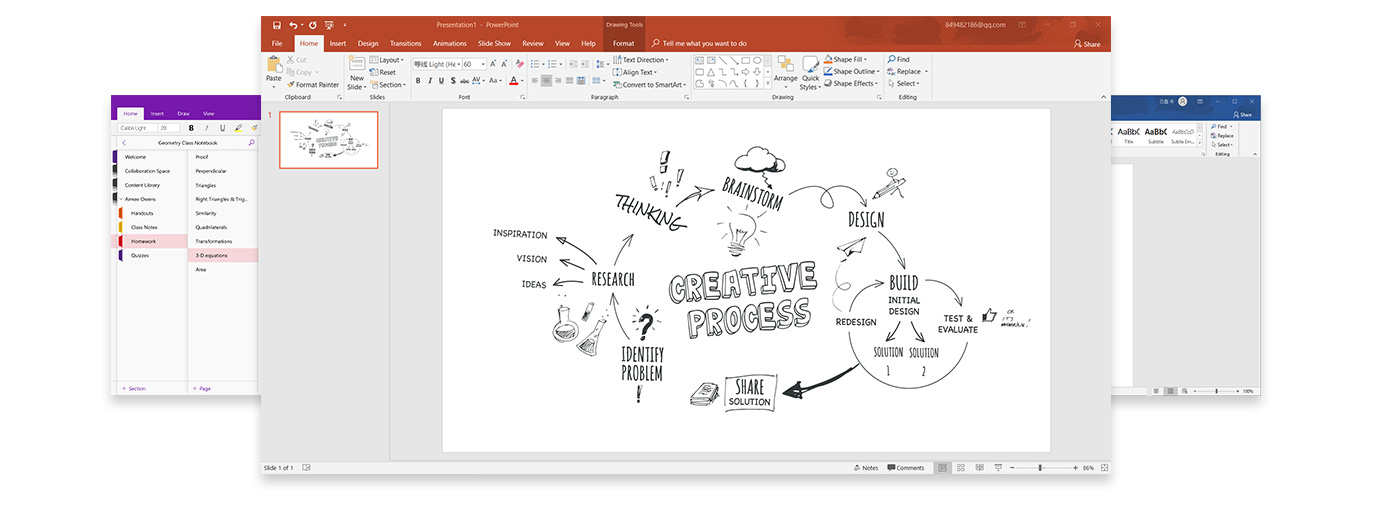
When it’s time to take the test, laptop users have notes and facts but no drawn conclusions, which makes open-ended and conceptual questions harder for them to answer. Students hear and capture the content, but they don’t actually absorb the information when it is presented to them.

The result is equivalent to a learning impairment. This gap takes place because students tend to transcribe lectures verbatim rather than processing the information and reframing it in their own words. Just one problem: Those results vary wildly, especially for laptop users.Īccording to multiple studies, laptop users consistently perform worse when answering conceptual exam questions. Between document storage tools like Dropbox and real-time syncing with Google Drive and Microsoft OneNote, it’s easier than ever to use your preferred device to collect your notes and achieve results. The number of learning tools and technological improvements to the educational process can be staggering. Of the 88% of students who own a laptop, about 63% of them use it in class.
#Easy wireless pen for mac microsoft onenote software
You get to class, open the software of your choice (Microsoft Word or OneNote, Google Docs, Notepad, etc.), and you transcribe everything that the instructor says during the lecture. In fact, 94% of college students say that paper is still essential to helping them achieve their academic goals.īut do the benefits of technology and digital-note taking outweigh the benefits of longhand notes?ĭigital Note-Taking Improves Learning - Unless You’re Using a LaptopĪlmost every college student is familiar with digital note-taking via a laptop and a word processor.

Good question! If technology is practically a requirement in modern education, then asking students to rely on analog forms of self-development almost places them at a disadvantage.Īt the same time, the process of handwriting notes has some major psychological advantages that break away from the digital trend. What does any of that have to do with digital note-taking? In a world where smartphones, tablets, and laptops can make learning mobile and provide access to a wide variety of resources, students need technology just to keep up. If institutions and educators have started to rely more on digital technology solutions, it makes sense that students have also turned to computers and software to enhance their own learning experience. Educators adopt technology tools at varying rates, often based on their comfort level and without a district-enforced plan.

While about 67% of colleges and universities are planning for in-person classes in Fall 2020, nearly a third of colleges are considering online options.Īt the same time that technology has impacted education, research has also found that a teacher’s experience with technology in the classroom varies at a personal level. Now, the COVID-19 pandemic has forced even more learning to take place in digital classrooms. You don’t have to go very far to find the incredible number of ways that modern technology has revolutionized education.įrom teachers co-opting kid-friendly games like Minecraft into their curriculum all the way to open-ended educational resources like Khan Academy, technology has already left its mark on the education system. Let’s take a closer look at digital note-taking, the problem with laptops, and a better solution for taking your own notes in class. Some of these alternatives to pen and paper notes - especially laptops - may actually damage knowledge retention and test performance.

Handwritten notes have been replaced with word processing software, digital notebooks, note-taking apps, audio recording, and more. Studies have found that note-taking facilitates the recall of factual information, as well as the synthesis and application of new knowledge.īut note-taking tools have evolved over the past twenty years. When it comes to classroom learning and retention, note-taking is one of the most powerful tools that students have at their disposal.


 0 kommentar(er)
0 kommentar(er)
